Latest Posts
MLC NAND Flash: Does It Still Have a Place?
Your SSD might be faster than your brain, but not all flash memory is built to last. Let’s talk MLC—the middle ground that might still be your best bet.
MLC (Multi-Level Cell) is the middle child of NAND flash: not as fast or durable as SLC, but way more reliable than QLC. It stores two bits per cell, offering solid capacity and performance at a reasonable price.
This guide will explain how MLC works, compare it to other options, and determine whether it’s still worth buying in 2025.
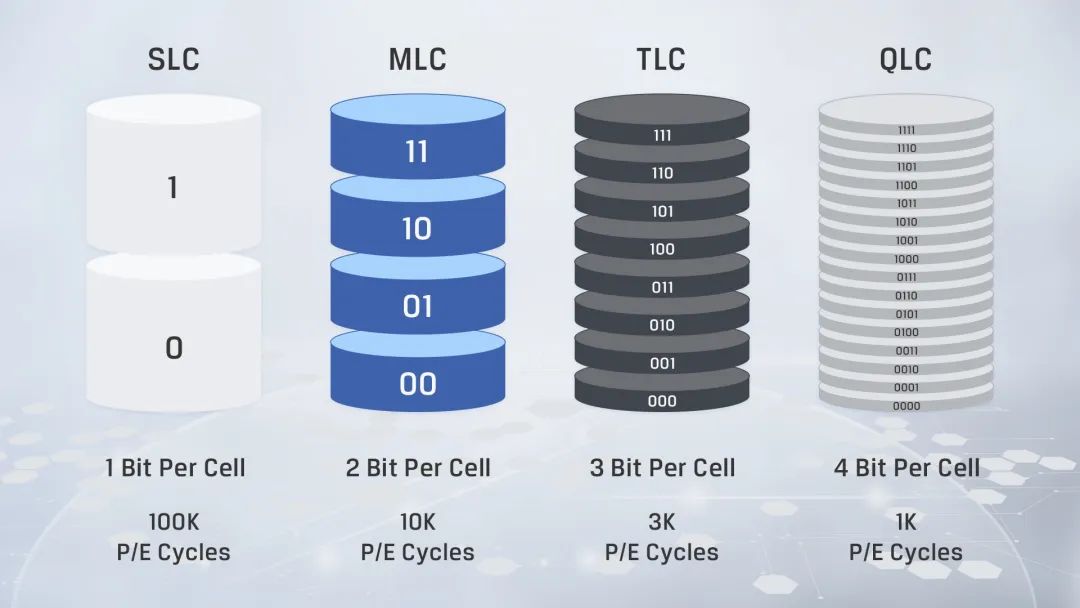
How Does MLC Flash Memory Work?

MLC saves two bits per cell with four voltage levels, which lowers write speed and limits the lifespan to about 3,000 cycles. Error correction is essential for smooth performance. It offers increased capacity in the same area, but proper handling is crucial.
MLC gained popularity in the early 2010s as a cost-effective upgrade from SLC. From 2012 to 2017, it became the standard in mid-range SSDs. However, in spite of their lower endurance, economical TLC and QLC later phased out MLC.
Different NAND Types Explained
The golden rule of NAND flash is that the more bits you cram into a memory cell, the cheaper it gets… and the worse it performs under pressure.
No NAND type gives you everything. You either save money, gain speed, or get a longer life.
Here’s a clean, simple look at the main types you’ll come across:
| NAND Type |
Bits per Cell |
Speed |
Endurance (Write Cycles) |
Cost |
Best For |
|
SLC |
1 |
Fastest |
50,000–100,000+ |
Highest |
Critical workloads, enterprise, cache |
|
MLC |
2 |
Fast |
~3,000 |
Moderate |
Gaming, general use, boot drives |
|
TLC |
3 |
Decent |
~1,000 |
Low |
Consumer SSDs, everyday tasks |
|
QLC |
4 |
Sluggish under load |
~100–300 |
Cheapest |
Archival storage, budget builds |
Each jump in bits per cell = more voltage levels to manage = more chances for errors, slower writes, and shorter lifespan. That’s why endurance drops and error correction ramps up as you go from SLC → QLC.
MLC NAND Flash in Real-World Devices
MLC isn’t front and center in 2025, but it’s not dead, either. It still appears in devices where endurance and reliability matter more than cutting-edge speed or rock-bottom prices.
Where You’ll Still Find MLC
- SATA SSDs: Legacy drives like the Samsung 850 Pro and Crucial MX500 used true MLC, and some industrial variants still do.
- Industrial Devices: Used in embedded systems, surveillance gear, and POS machines—places that need stability over time.
- High-End USB & SD Cards: Premium models sometimes use MLC for durability, unlike entry-level QLC drives, which often sacrifice endurance for lower cost.
- Older Gaming PCs: Rigs built between 2014 and 2018 with quality SSDs likely have MLC, and those drives are probably still going strong.
Where MLC Is Gone
- Modern NVMe Drives: TLC and QLC have replaced modern NVMe drives for speed and cost. Accurate MLC NVMe drives are discontinued.
- Budget SSDs: Don’t expect MLC in anything under $50. It’s all TLC or QLC now.
‘MLC-grade’ or ‘pseudo-MLC’ are often marketing terms for TLC chips programmed to mimic MLC behavior—don’t confuse them with true 2-bit-per-cell MLC.
MLC lives on in select SATA SSDs and industrial storage, where endurance still matters. If you find a real MLC drive, it’s worth keeping—it’s built to last.
3D NAND vs MLC: What’s the Real Difference?
V-NAND and 3D NAND refer to NAND flash, where memory cells are stacked vertically. This improves density, reduces power consumption, and increases endurance.
You can have MLC in a 3D NAND structure. For example, Samsung’s V-NAND can use MLC, TLC, or QLC cells. So, these terms are not direct competitors but different aspects of flash memory design.
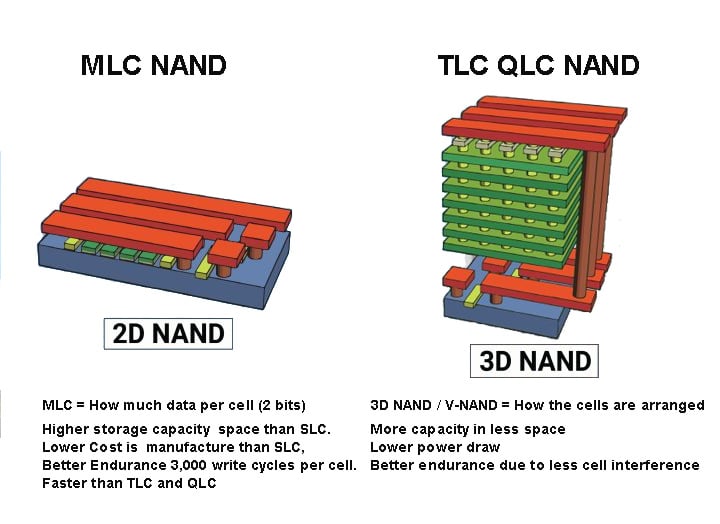
- MLC = How much data per cell (2 bits)
- 3D NAND / V-NAND = How the cells are arranged
They’re not competitors—they’re different layers of the same tech.
|
Term |
Meaning |
Category |
|
MLC |
2 bits per cell |
Data storage type |
|
3D NAND |
Vertically stacked memory cells |
Physical structure |
|
V-NAND |
Samsung’s name for 3D NAND |
Marketing term |
Why 3D NAND Matters:
- More capacity in less space
- Lower power draw
- Better endurance due to less cell interference
How MLC Fits Into 3D NAND:
MLC can be used within a 3D NAND layout. Samsung V-NAND drives used MLC this way. Stacking gave MLC better endurance than older flat (2D) designs.
Don’t mix up cell type (MLC/TLC/QLC) with architecture (2D/3D NAND). You can have MLC and 3D NAND in the same chip—they solve different problems.
Pros and Cons of MLC NAND Flash Memory
MLC NAND falls in the middle of the storage market. It is a balanced choice between premium and budget options. It does not deliver the highest performance but lasts longer than cheaper alternatives. Your choice depends on your storage needs. Here’s a quick breakdown:
Pros:
- Higher storage density stores 2 bits per cell, which means more capacity in less physical space than SLC.
- Lower Cost is more economical to manufacture than SLC, making it affordable for consumer devices.
- Better Endurance Than TLC/QLC Lasts longer under repeated writes—typically around 3,000 write cycles per cell.
- Solid Performance: Faster than TLC and QLC in real-world tasks, especially under moderate workloads.
Cons:
- Lower Endurance Than SLC Can’t match SLC’s write durability (which can exceed 100,000 cycles).
- Slower Write Speeds Multi-bit programming adds latency compared to single-bit SLC.
- Not Ideal for Heavy-Duty Workloads While MLC offers solid endurance, it still falls short of the durability and sustained performance needed for enterprise-grade or server environments—where higher endurance is a must.
MLC is better for users who want better longevity than TLC but without paying SLC prices. It’s great for everyday computing, gaming, and backup storage—but don’t throw it into a server rack and expect miracles.
Choosing the Right NAND Type for Your Needs
The right NAND flash balances speed, endurance, and cost. The breakdown below reflects your device activities:
- General Use (Browsing, Office Work): TLC or QLC
- Gaming or Media Editing: MLC or fast TLC
- Enterprise or Critical Workloads: SLC or enterprise-grade TLC
- Budget Users: QLC (but with lower endurance)
TLC is the safe bet if you want a reliable, affordable SSD for everyday use. Need more endurance but don’t want to pay SLC prices? MLC hits the suitable spot. Avoid QLC unless you’re on a tight budget or only need it for light, read-heavy tasks.
Your workload should choose your NAND—not the other way around.
Wrapping Up: Should You Use MLC NAND Flash?
MLC NAND flash is still a wise choice for users who need to balance speed, lifespan, and price. It’s not the fastest or cheapest, filling a proper middle ground.
If you don’t want your data dying in a year and your wallet doesn’t speak SLC, MLC is still a good spot in 2025. Looking for gear that gets it right without going broke? Check out HugDIY MLC-powered options—they actually deliver the performance.

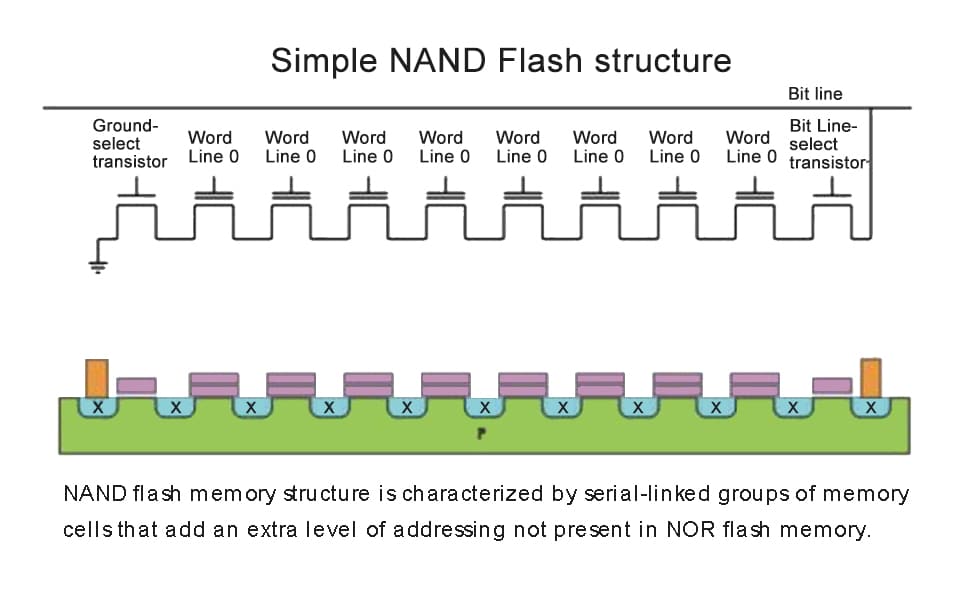
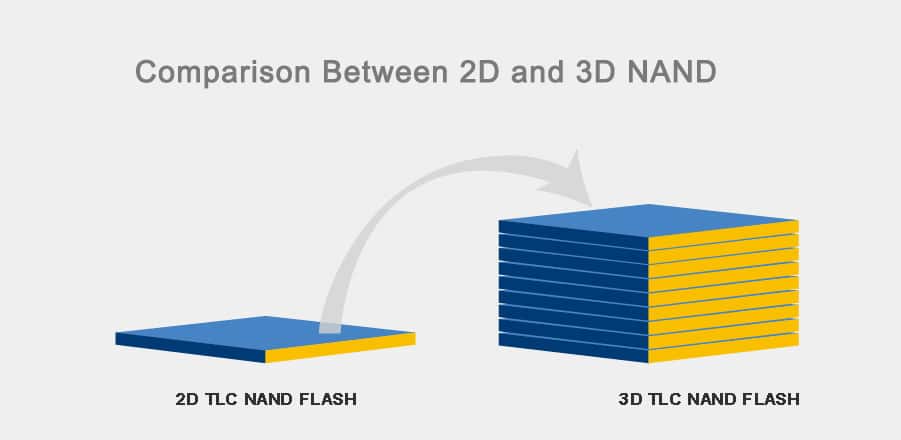
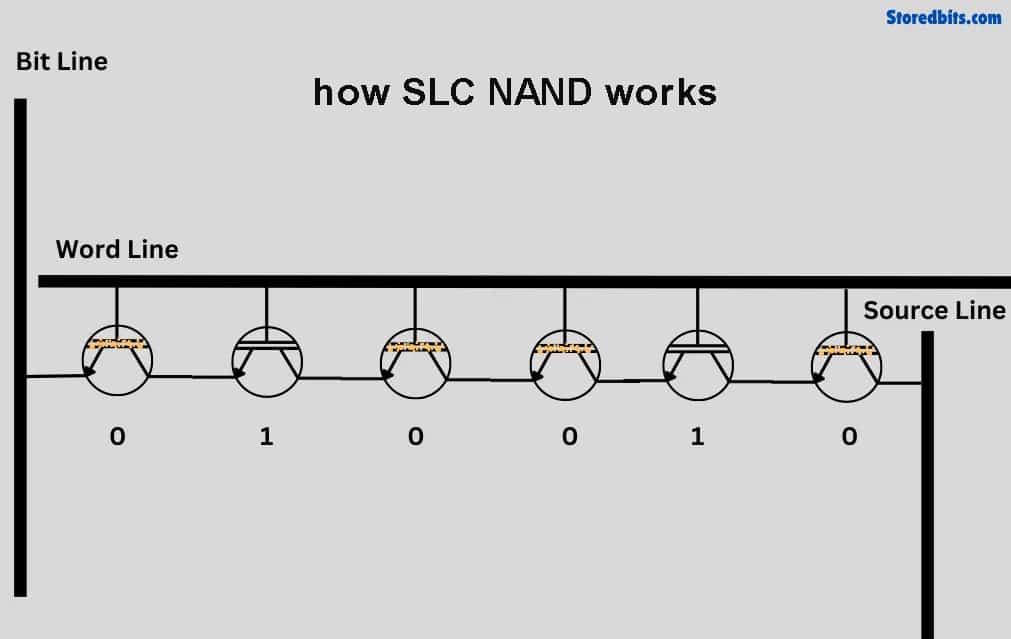
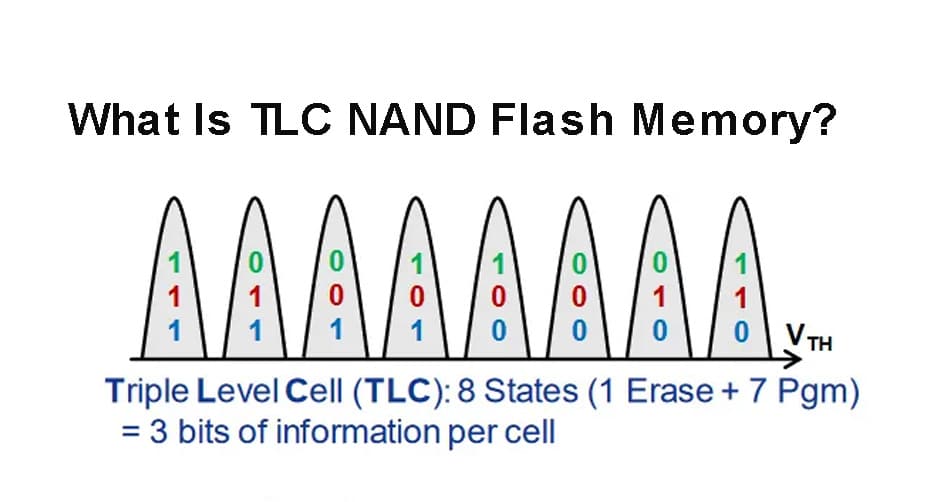
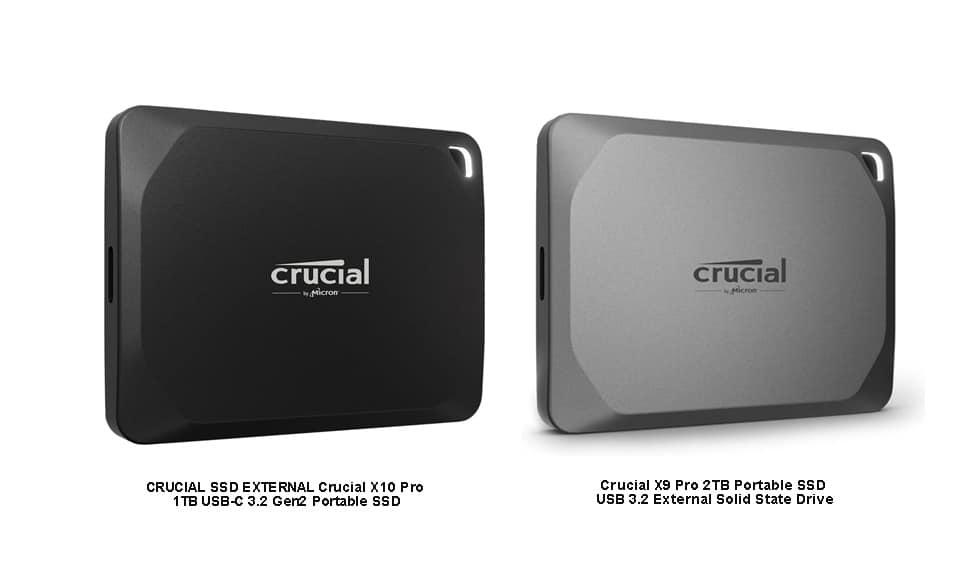
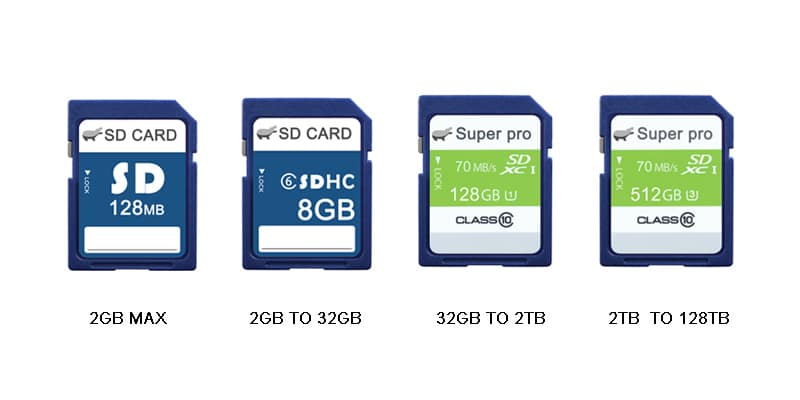
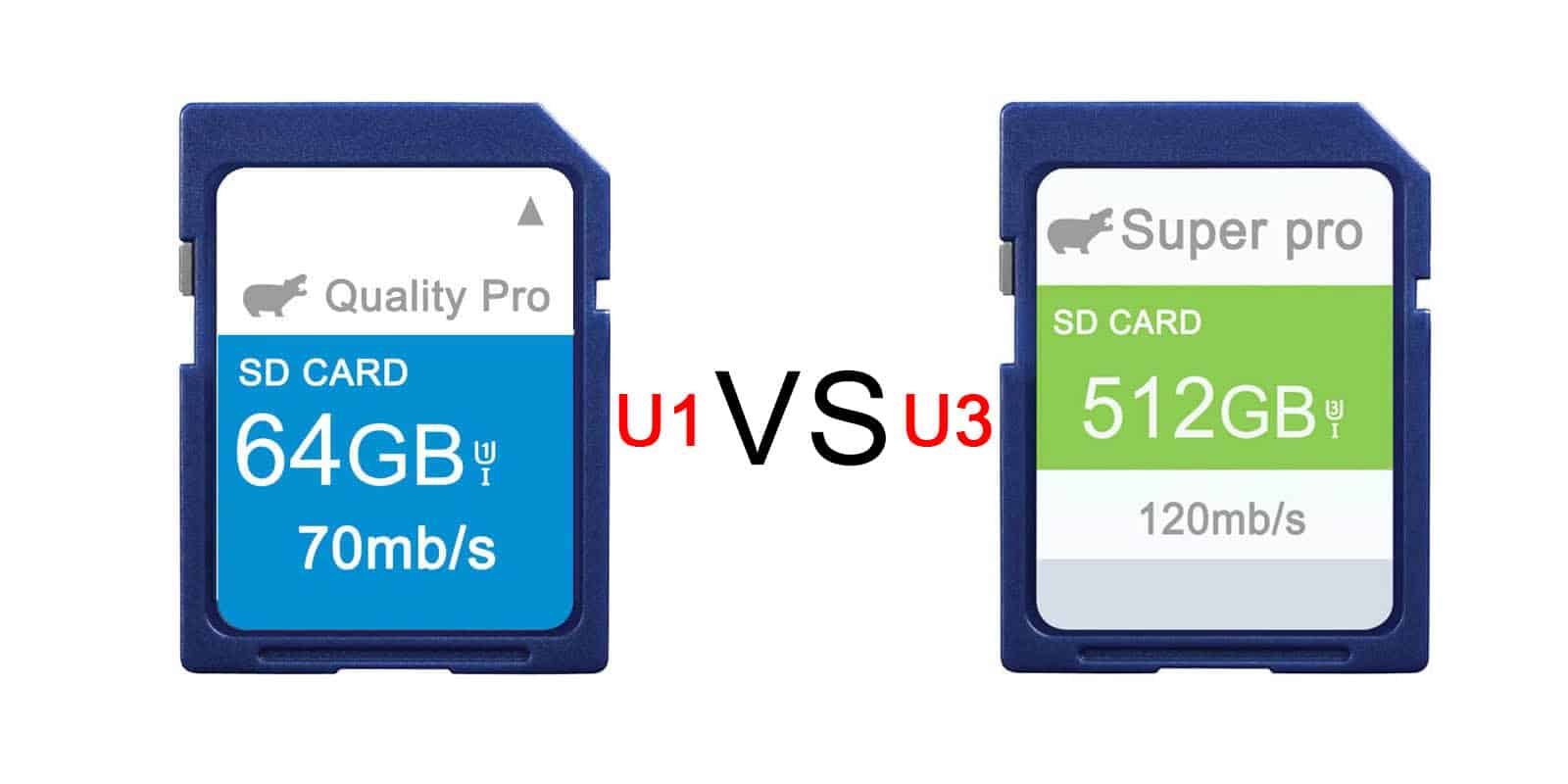
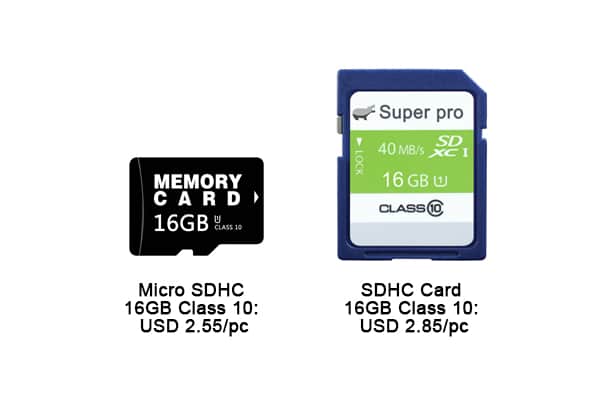
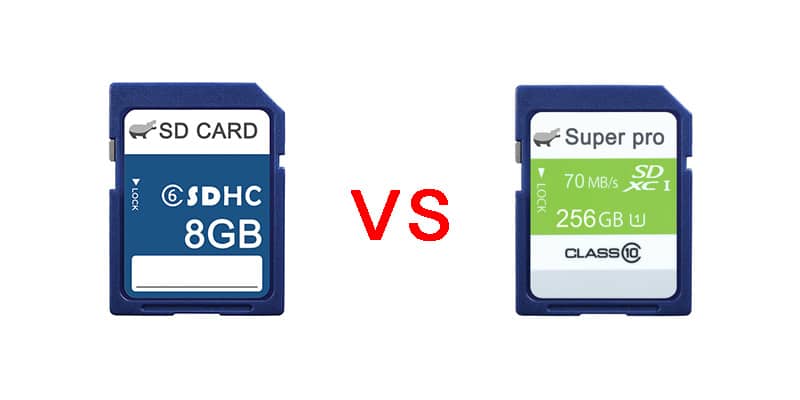
Leave a comment